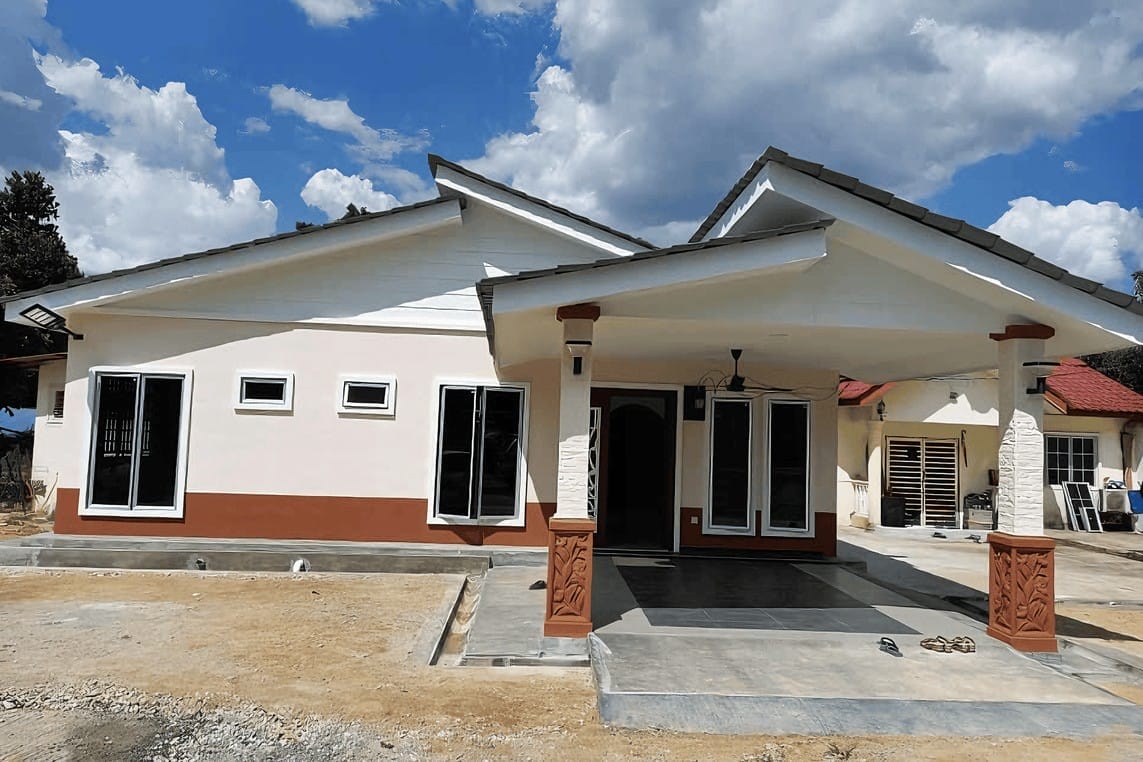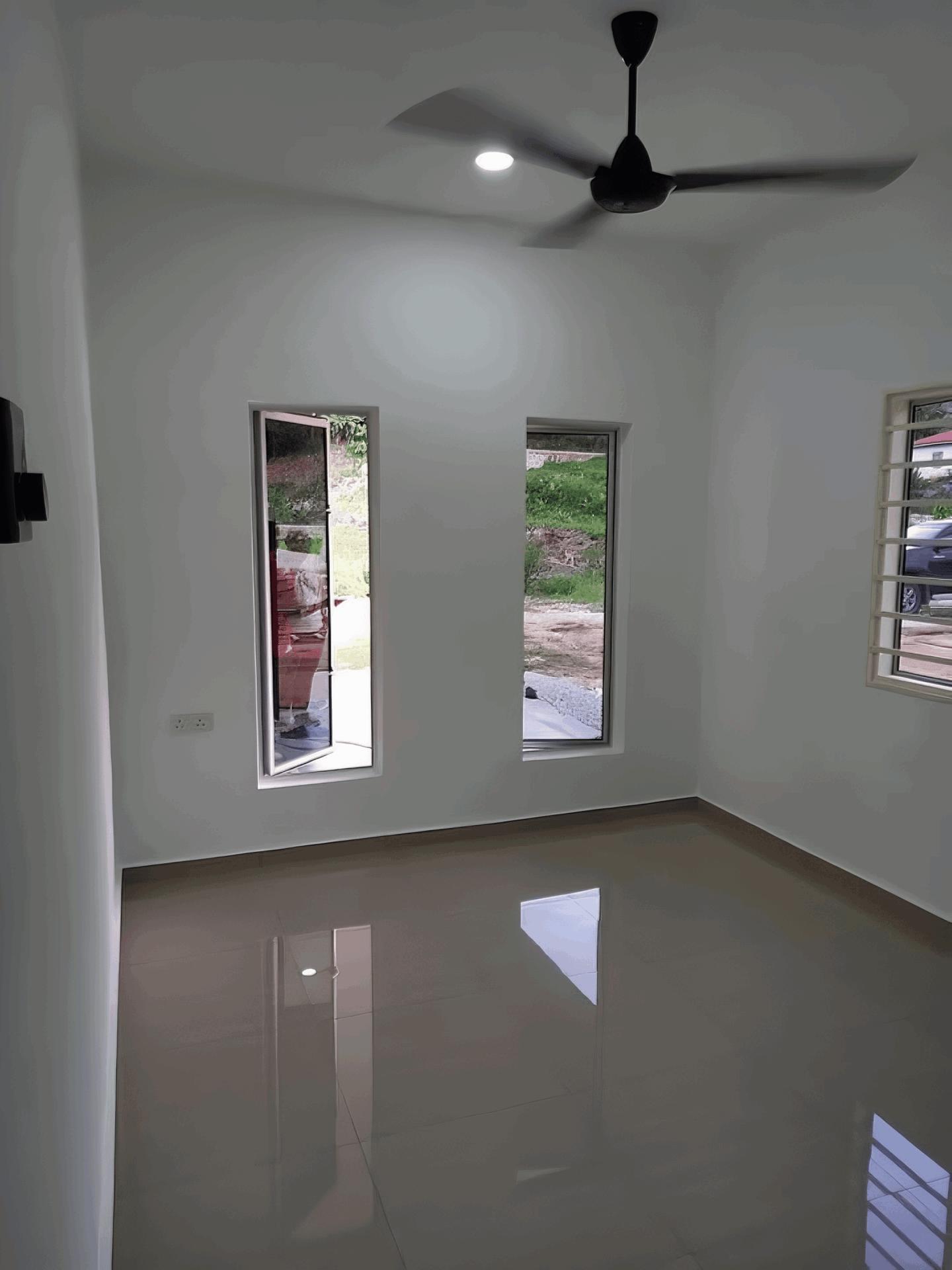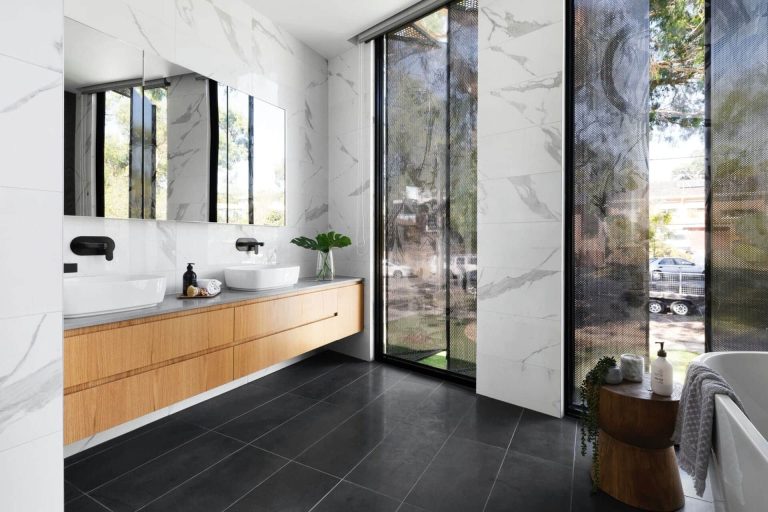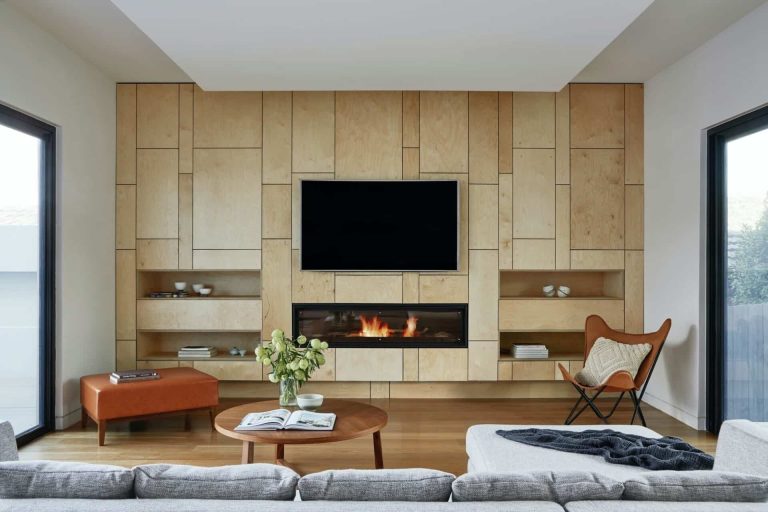Introduction
Building your dream home is an exciting journey, filled with countless decisions that shape not only the aesthetics but also the financial aspects of your project. In an era where construction costs fluctuate unpredictably, the prospect of keeping expenses in check while ensuring quality can feel overwhelming. However, with thoughtful planning and strategic choices, it is entirely possible to save on house construction costs without compromising on the integrity and craftsmanship of your new abode.
From selecting the right materials to choosing efficient design elements, the nuances of home construction offer numerous opportunities for savvy homeowners to trim their budget. This article delves into actionable tips and innovative approaches that empower you to make informed decisions, enabling you to construct a durable and aesthetically pleasing home without derailing your financial stability. Whether you’re a first-time builder or a seasoned aficionado, discovering the perfect balance between cost and quality will not only enhance your building experience but also turn your vision into reality—without the looming burden of excessive expenses. Join us as we explore practical strategies that pave the way for a financially responsible and rewarding construction endeavor.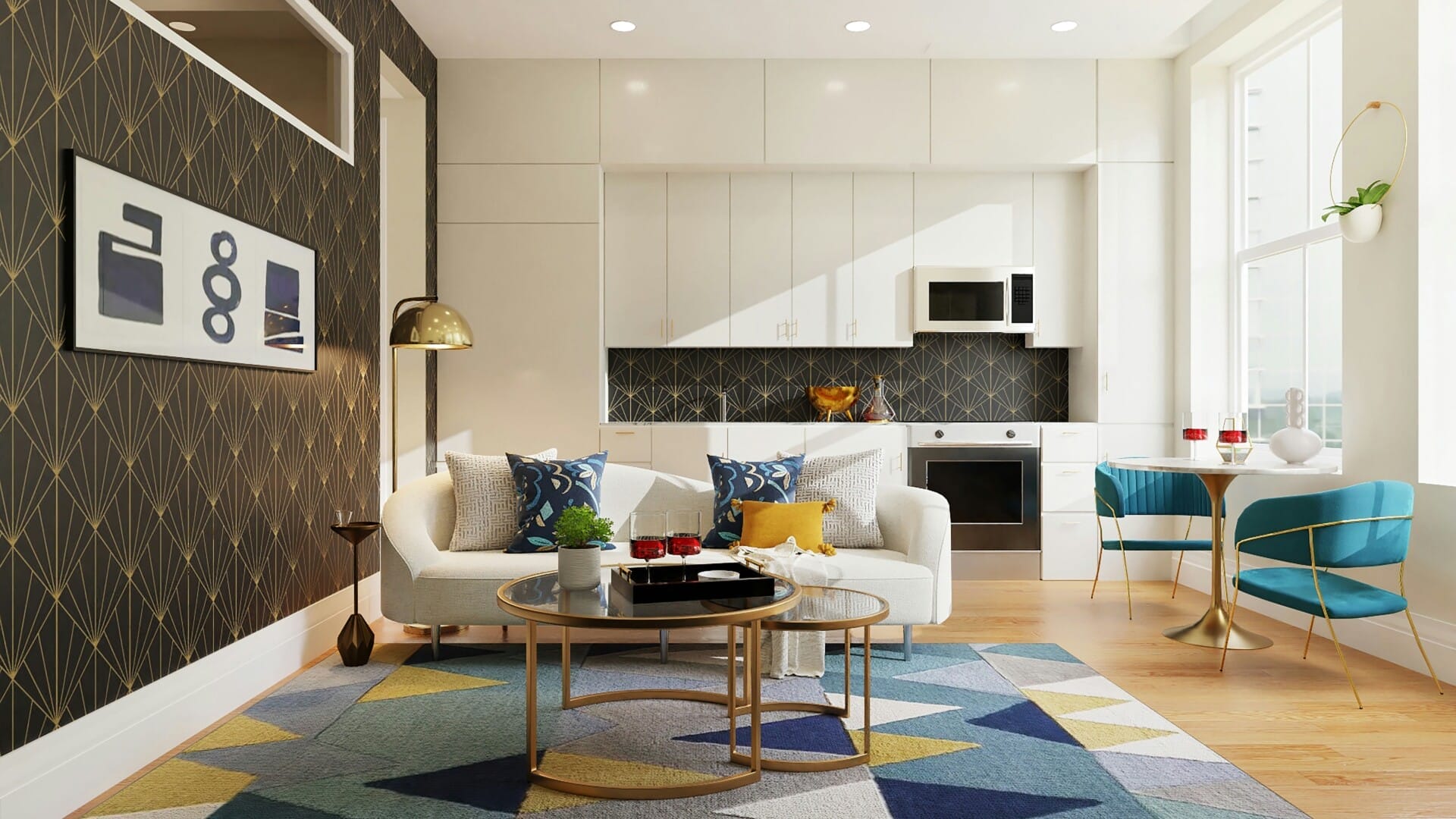
Strategic Budgeting for a Smart Start
Creating a budget for your house construction is not just about listing numbers; it’s also about devising a strategy that maximizes value while ensuring quality. Prioritize essential needs over wants during this phase. This approach helps in making informed choices and reduces the chances of overspending. Creating categories such as must-haves and nice-to-haves can provide clarity on budget allocation. By maintaining flexibility within these categories, you can easily adjust as needed without compromising the overall integrity of your project.
Working with experienced professionals can lead to significant savings. Seek recommendations for architects and contractors who have a solid reputation for quality craftsmanship at a reasonable price. To take it a step further, consider engaging in detailed discussions about your budget and objectives upfront. This open line of communication fosters a collaborative environment, allowing your team to suggest cost-effective alternatives without sacrificing quality materials or design. Keep in mind that sometimes choosing a less ornate design can save considerable costs while still meeting your aesthetic goals.
Another crucial factor in strategic budgeting is forecasting unforeseen expenses. Constructing your house inevitably brings unexpected costs, whether they are related to materials, labor, or site conditions. By setting aside a contingency fund, roughly 10-15% of your total budget, you provide yourself a safety net that keeps your project on track. If you manage this fund wisely, it can be reinvested in upgrades or features that truly elevate your home, enhancing its overall value. Here’s a quick look at potential unexpected costs you might encounter:
| Potential Cost | Estimated Range |
|---|---|
| Site preparation issues (e.g., soil condition) | $1,000 – $5,000 |
| Permitting fees and adjustments | $500 - $2,000 |
| Material price fluctuations | $1,000 - $3,000 |
| Labor overruns | $500 – $2,500 |
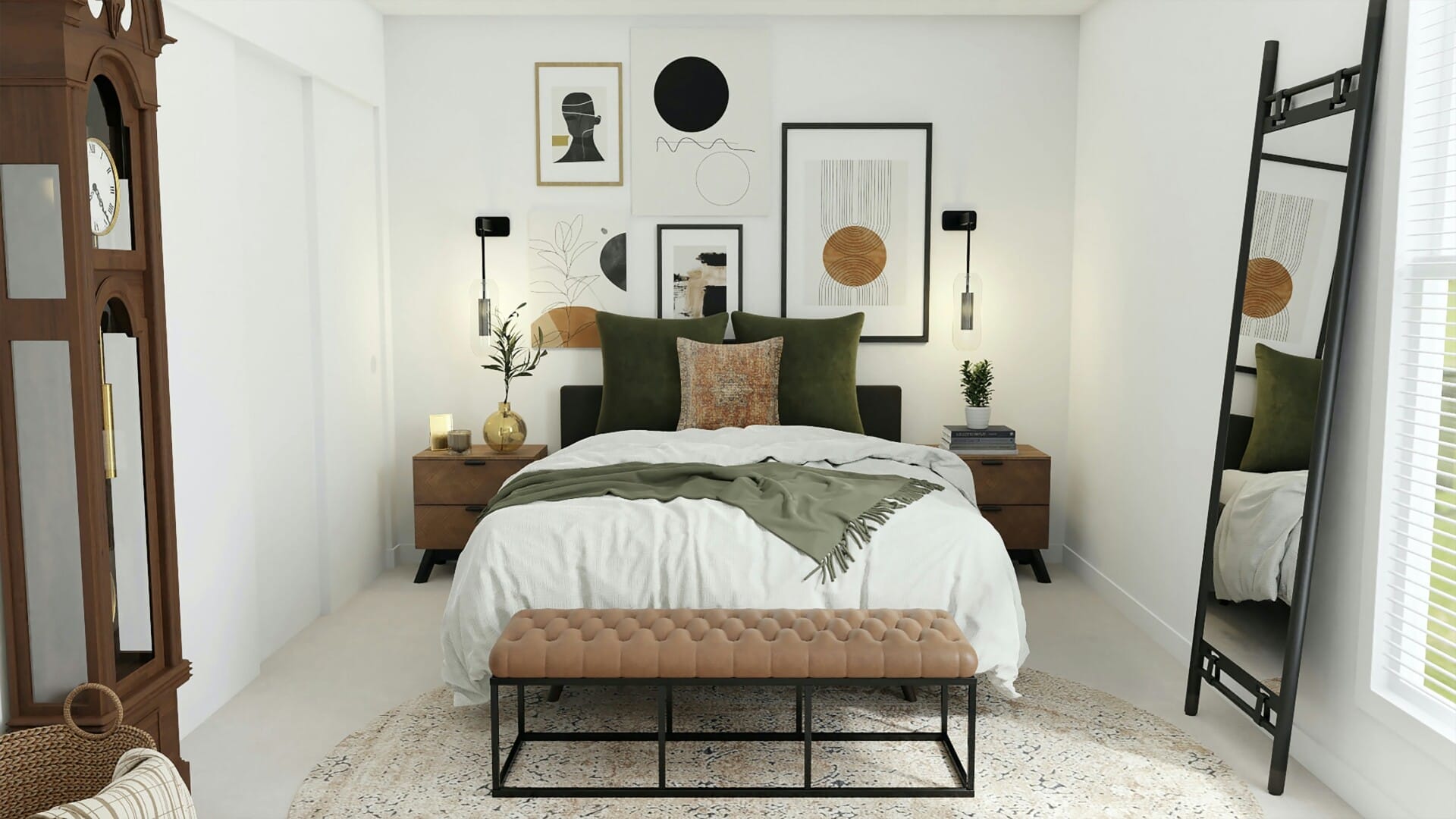
Choosing Cost-Effective Materials Without Compromise
When it comes to construction, the materials you choose can significantly affect both your budget and the overall quality of your build. Think about local sources first, as they often provide more affordable options due to reduced transportation costs. You can find high-quality, sustainable materials locally, such as timber from nearby forests or clay for bricks that are produced in the region. By supporting local businesses, you not only cut costs but also minimize your environmental impact.
Another efficient strategy is to evaluate the long-term performance of materials. Invest in options that may come with a slightly higher initial price but offer durability and reduced maintenance costs in the long haul. For instance, consider using fiber-cement siding instead of traditional wood. While the siding might seem pricier upfront, its resilience against pests and rot means you’ll save on repairs and replacements later.
understand the value of versatility in materials. Opt for products that can serve multiple purposes, allowing you to simplify your budget. For example, choose open-cell spray foam insulation that not only offers excellent thermal performance but also acts as an air barrier. This dual function contributes to energy efficiency and enhances indoor comfort, providing more value for your investment.
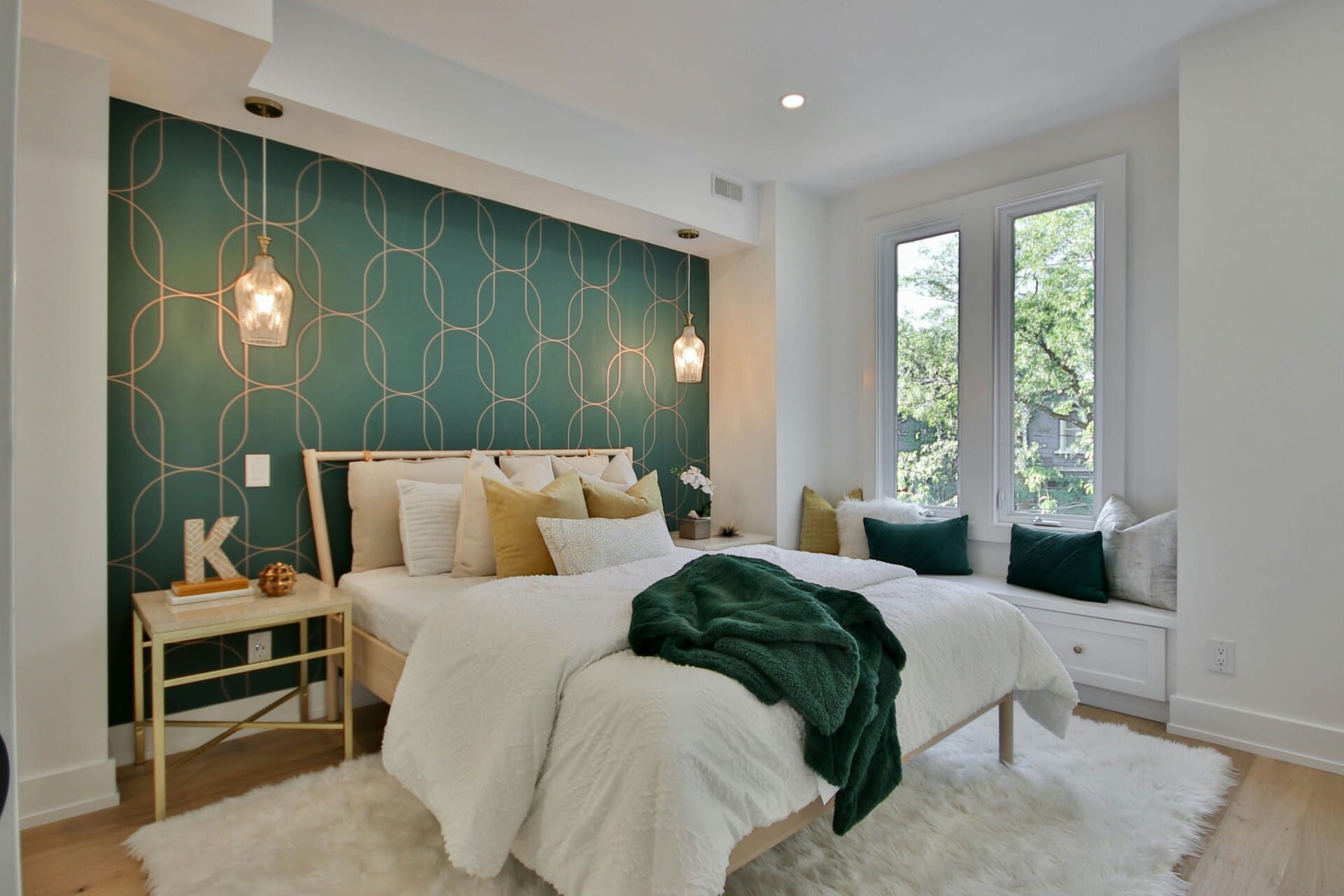
Engaging Skilled Labor to Maximize Value
Investing in skilled labor is one of the most effective strategies for reducing construction costs while ensuring high-quality outcomes. Hiring experienced professionals will not only accelerate the building process but also minimize the potential for costly mistakes. When you engage craftsmen and tradespeople with proven expertise, you are more likely to get superior workmanship and long-lasting results.
To optimize your budget, consider the following approaches when sourcing skilled labor:
- Get Referrals: Reach out to friends, family, and construction professionals for recommendations. This can lead you to trustworthy workers who deliver quality at fair prices.
- Focus on Local Talent: Engaging local craftsmen reduces travel costs and keeps your project timeline on track, as they are likely to be familiar with the area’s regulations and standards.
- Verify Qualifications: Always check credentials, reviews, and past work before hiring. A well-qualified labor force can dramatically impact your project’s final quality.
Here’s a simple table showcasing the benefits of skilled labor versus unskilled labor:
| Skilled Labor | Unskilled Labor |
|---|---|
| Higher quality workmanship | Variable quality outcomes |
| Increased efficiency | Longer project timelines |
| Long-term cost savings | Potential for costly mistakes |
By prioritizing skilled labor, you’re not just saving costs—you’re investing in the integrity of your construction project. Through thoughtful planning and execution, you can achieve a balance of affordability and excellence, turning your dream home into a reality without compromising on quality or spending more than necessary.
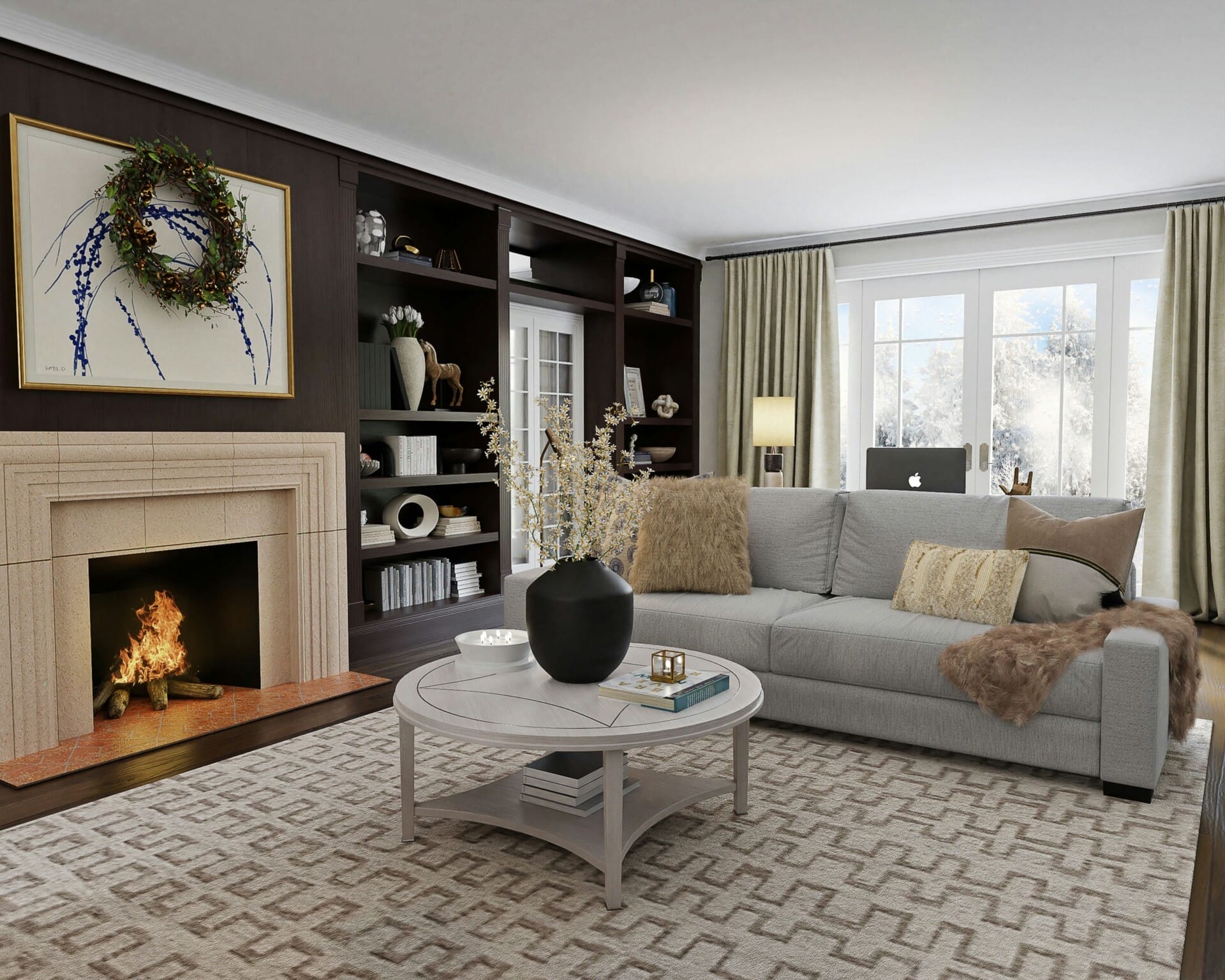
Innovative Design Solutions that Cut Costs
When embarking on the journey of house construction, integrating innovative design solutions can significantly reduce overall costs while maintaining high standards of quality. One effective approach is to utilize modular construction techniques, which not only streamline the building process but also minimize labor expenses. This method often includes prefabricated components that can be assembled on-site quickly, allowing for potential savings on both time and resources. Additionally, open floor plans can create a spacious feel without the need for excessive materials.
Another strategy involves choosing sustainable materials that offer long-term durability and lower maintenance costs. Utilizing locally-sourced materials can not only cut transportation costs but also support the local economy. Some options to consider include:
- Reclaimed wood for flooring and structural elements
- Recycled steel for framing
- Eco-friendly insulation options to enhance energy efficiency
These choices contribute to a lower environmental footprint while providing a unique aesthetic to your home. Additionally, implementing smart home technologies can lead to further savings by optimizing energy use. For instance, smart thermostats allow for precise temperature control and can dramatically reduce heating and cooling costs.
| Design Method | Cost Savings |
|---|---|
| Modular Construction | 20-30% reduction in labor costs |
| Open Floor Plans | Minimized material costs |
| Sustainable Materials | Long-term savings on maintenance |
Incorporating these innovative approaches ensures that your construction project does not compromise on quality while achieving significant cost efficiency. Thoughtful design and strategic material choices reflect a commitment to both sustainability and cost management, resulting in a home that is not only beautiful but also economically sound.
Q&A
Q&A: Tips for Saving House Construction Costs Without Sacrificing Quality
Q1: What are some effective strategies to reduce house construction costs without compromising on quality?
A1: One effective strategy is to prioritize essential features and materials early in the planning process. Consider working with a knowledgeable architect or builder who can guide you in selecting durable yet cost-efficient materials. Additionally, sourcing materials locally can cut transportation costs while supporting the community. Pre-fabricated elements, like walls and roofs, also streamline construction and can be more budget-friendly.
Q2: How important is it to have a clear budget before starting construction?
A2: Establishing a clear budget is crucial. It helps avoid unexpected expenses and allows you to allocate funds strategically. A well-defined budget includes all potential costs, such as materials, labor, permits, and contingencies for unexpected issues. This way, you can prioritize areas where you might spend more and where you can save, ensuring quality isn’t sacrificed in critical structural components.
Q3: Should I consider DIY projects during construction? What are the pros and cons?
A3: Absolutely! DIY projects can save costs, especially on non-structural elements like landscaping or interior finishes. However, it’s essential to recognize your skills and limits. The pros of DIY include saving money and adding a personal touch to your home. The cons might include the potential for mistakes, which could lead to increased costs if professional intervention is needed later. Always weigh your ability against the project’s complexity.
Q4: How can choosing the right time to build influence construction costs?
A4: Timing can significantly affect costs. Building during off-peak seasons may lead to lower labor costs due to decreased demand. Additionally, suppliers may offer discounts for bulk purchases during these slower periods. Researching seasonal weather patterns can also aid in planning an efficient timeline, avoiding delays that can increase expenses.
Q5: Are there financing options that can help manage construction costs effectively?
A5: Yes, exploring various financing options is wise. Construction loans, such as a construction-to-permanent loan, allow you to secure funds progressively as the project advances. Federal programs or grants for energy-efficient building practices can also offer financial relief. Always assess the interest rates and terms to ensure they fit your budget and project requirements.
Q6: What role does energy efficiency play in reducing long-term costs?
A6: Incorporating energy-efficient features can significantly reduce your long-term costs. While some energy-efficient options may require a higher upfront investment, they generally yield savings in utility bills over time. Consider features like high-efficiency HVAC systems, quality insulation, and energy-efficient windows and appliances. These investments not only enhance quality but also attract potential buyers should you consider selling in the future.
Q7: How can changes in the design impact construction costs?
A7: Design choices greatly influence construction costs. Simple, straightforward designs with fewer angles and corners can reduce waste and labor costs. However, it’s essential to balance functionality and aesthetics. Consulting with a designer can help you find innovative solutions that meet your vision while being cost-effective. Modular designs or less complicated floor plans can also keep time and expenses down without sacrificing quality.
Q8: What should homeowners be cautious about when trying to save money during construction?
A8: Homeowners should be cautious not to cut corners on foundational elements or structural integrity. While it’s tempting to save on finishes or unnecessary luxuries, compromising on critical aspects can lead to costly repairs down the line. It’s also essential to verify that any cost-saving measures comply with local building codes and regulations. Always prioritize long-term value over short-term savings.
This Q&A serves as a guide to navigating the complexities of house construction costs while ensuring that quality remains paramount. Remember, careful planning and informed decisions are key to achieving your dream home efficiently and cost-effectively.
In Retrospect
As we wrap up our exploration of strategies for saving on house construction costs without compromising on quality, it’s essential to remember that building a home is as much about creativity and resourcefulness as it is about bricks and mortar. By embracing innovative solutions, leveraging technology, and fostering open communication with your contractors, you can craft a space that not only meets your aesthetic and functional needs but also aligns with your financial goals.
Finding the right balance between cost and quality is an ongoing journey, one that requires careful planning and a willingness to think outside the box. From smart material choices to efficient project management, each decision plays a pivotal role in realizing your dream home within a sensible budget.
As you embark on this exciting chapter of home construction, take these tips with you as your compass. With each step, you can transform your vision into a reality that reflects your unique style and values, ensuring that the walls you build today stand strong for years to come. Happy building!